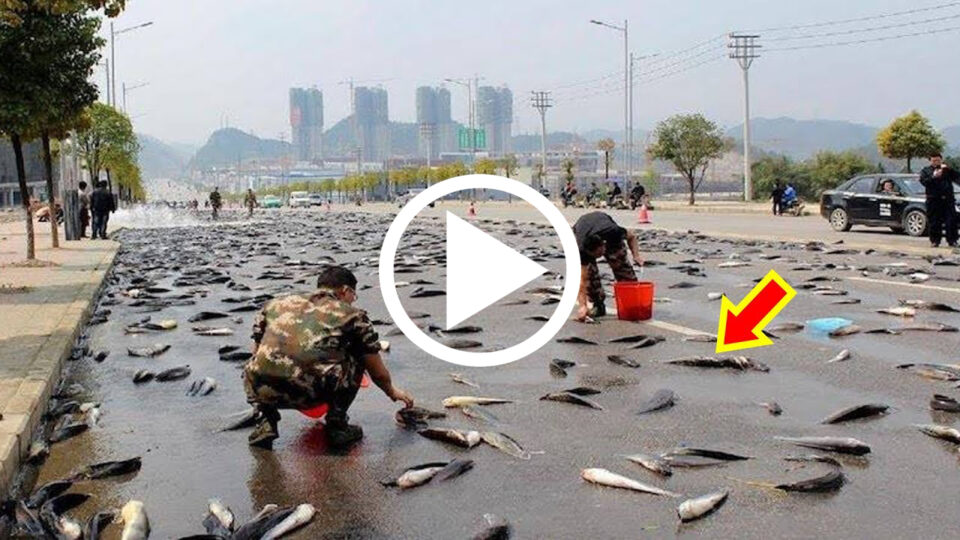Imagine you’re just playing soccer in the park or taking a stroll on the street and suddenly bats begin to fall from the sky, or better yet, a flock of birds comes crashing to the ground for no apparent reason.
What about waking up to a bunch of frozen Iguanas in your backyard? It’s time to clean your glasses squeaky clean because you’re about to witness stuff you never even thought possible.
INSANE HAIL MELBOURNE
Parts of Melbourne’s outer suburbs were pelted with hailstones up to 2 inches in diameter on Sunday, January 19, 2020, after thunderstorms quickly moved across much of southern Victoria, bringing strong winds and heavy rain.
The storm damaged cars, houses, ceilings, and brought traffic to a standstill.
The severe weather came after firefighters were withdrawn from fire zones, amid fears of flash flooding in fire-ravaged areas.
While storms have brought much-needed rain and humidity into areas affected by fire, strong winds are feared to knock down trees that might cause landslides and send debris onto roads.
The hailstorm was an insurance disaster having caused an estimated $320 million worth of damage, with 29,000 claims lodged so far.
Australia is a beautiful country, and it’s hot as hell year-round, but they still manage to get hail-storms?
FROZEN IGUANAS
Anyone in South Florida during a cold front may have woken up to paralyzed lizards littering your walkway.
Temperatures fall into the 40s and even the 30s in the region overnight, with high winds adding insult to injury. Watching iguanas seemingly fall out of the sky is nothing new for Floridians.
The invasive species that is seemingly everywhere around Miami, and which can grow to be over five feet long, is cold-blooded so they can’t be killed by extremely low temperatures. However, these low temperatures stun the lizards, without killing them, and place them in a frozen state where they can’t move.
They may look dead as a doornail, but they’re not. They can later be reanimated by warmer weather.
Iguanas climb trees at night to roost, but when there are low temperatures, they literally shut down, and can no longer hold on to the trees.
This is why you get this phenomenon in South Florida, that it’s raining iguanas.
Because of this phenomenon, Iguanas, with time, will creep north within a couple of decades, because they will be able to withstand colder climates.
Iguanas are commonly hunted in parts of Central and South America and the Caribbean and are perfectly safe to eat if obtained from a reputable processor and cooked to at least 165 degrees.
They also contain lots of protein! At least if you don’t feel like going out when it’s cold, you always have the option of grabbing some food in your backyard.


